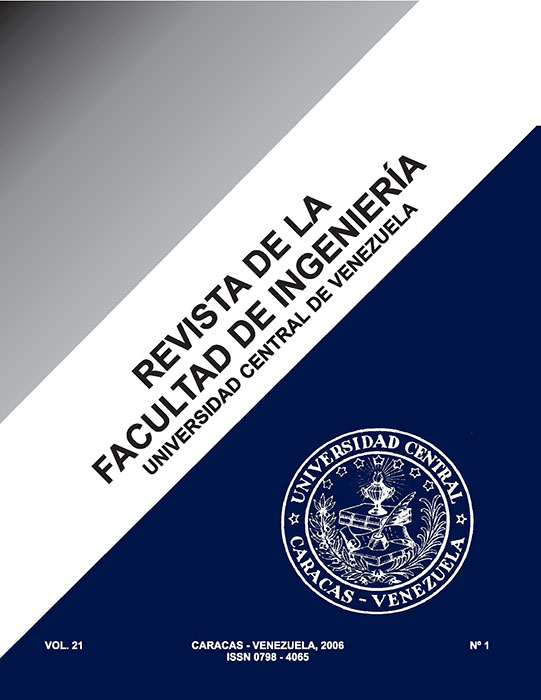ESTUDIO DE LAS TRANSFORMACIONES ESTRUCTURALES PRODUCIDAS POR EL PROCESO DE ALEACIÓN MECÁNICA EN EL SISTEMA Fe-Al / Study of Structural Transformations Produced by the Process of Mechanical Alloy in the Fe-Al System
Palabras clave:
Aleación, Molienda, DRX, Fe, AlResumen
El proceso de aleación mecánica se presenta como alternativa para producir aleaciones nanofásicas. Los mecanismos detransformación que se producen durante el proceso de molienda que promueven las transformaciones de fases que ocurrencuando se procesan los polvos elementales de constituyentes de compuestos intermetálicos, aún no están bien definidos.En el presente trabajo se realiza un estudio comparativo entre dos composiciones diferentes para el sistema Fe-Al, Fe25%atAl y Fe50% atAl, que corresponden al intervalo de formación de los intermetálicos Fe3Al y FeAl respectivamente. Seutilizaron polvos de hierro y aluminio de alta pureza y se realizaron moliendas en intervalos de tiempo de 1 a 50 horas. Lasvariaciones estructurales fueron seguidas por difracción de rayos-X (DRX) aplicando la ecuación de Scherrer, modelo deWilliamson Hall y cálculos de las variaciones en el parámetro reticular del hierro empleando la ley de Bragg. Se complementala caracterización con estudios de Espectroscopía Mössbauer, Microscopía Electrónica de Barrido (MEB) y MicroscopíaElectrónica de Transmisión (MET). Los resultados obtenidos en este trabajo permiten determinar como la formación de lasolución sólida de Fe(Al) se puede asociar a la deformación que experimenta la red cristalina del hierro durante la molienda,y a la difusión de los átomos de aluminio dentro de su estructura. El aumento en la deformación es notoriamente másacentuado en la mezcla con mayor concentración de aluminio.ABSTRACTThe process of Mechanical Alloy is presented as an alternative for the production of nanophase alloys.The transformationmechanisms that take place during the milling process that promote the phase transformations that occur when the elementarypowders of the constituents of intermetallic compounds are processed are not well defined. In the present work, a comparativestudy of two different compositions of the Fe-Al system is carried out. We have taken the compositions Fe25% atAl andFe50% atAl that correspond to the interval of the formation of the intermetallics Fe3Al and FeAl, respectively. Iron andaluminum powders of high purity and milling time intervals from 1 to 50 hours were used. The observed structural variationswere considered by the following methods: X-ray diffraction (XRD) applying the Scherrer equation, Williamson Hallmodel and calculations of the variations of the reticular parameter of iron using the Bragg law. As a complement, we madea further characterization by Mössbauer spectroscopy, Scanning Electron Microscopy (SEM) and Transmission ElectronMicroscopy (TEM). The results obtained in this work allow us to determine that the formation of the Fe(Al) solid solutioncan be associated with the deformation of the lattice parameter of iron during milling and with the diffusion of the aluminumatoms inside the iron structure. The rise in deformation is notably accentuated in the mixture with the greater aluminumconcentration.Keywords: Alloy, Ball Milling, XRD, Fe, AlDescargas
Los datos de descargas todavía no están disponibles.
Descargas
Número
Sección
Ingeniería Metalúrgica y Ciencias de los Materiales





